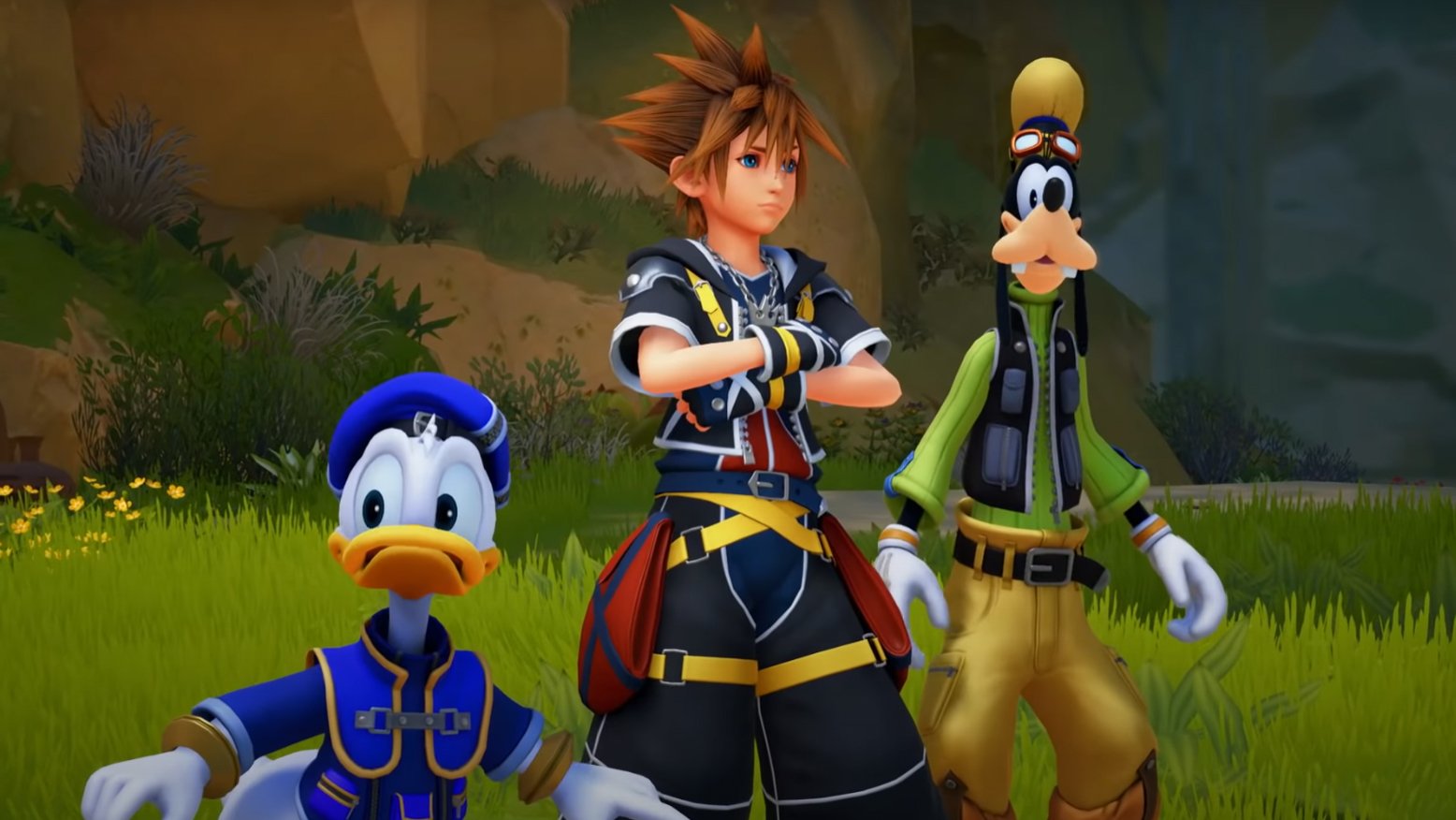
While the good creators of One Night Werewolf had the utmost faith in their target audience, I think it is safe to say that most of us err on the side of having closer to three than ten friends. What this means is that rarely do we have an occasion to use all sixteen role cards in one game. Even if we did have ten friends (dear lord) some roles would have to be sacrificed.
So this begs the question: which cards do you use?
This simple question is one of the most important decisions of the game. Your set-up composition will determine the relative strengths and weaknesses of the werewolves versus the villagers, as well as determine what strategies you can use to successfully trick your fellow players.
Below is my guide to the five best card set-ups to have in One Night Werewolf, assuming a player range of six. This means there will be nine roles in play total, with two of the roles being werewolves.
5. Werewolf, Werewolf, Villager, Villager, Robber, Drunk, Insomniac, Seer, Hunter
Option number five is a pretty basic set-up that I find is a great way to kick off your first round - particularly if you are playing with first-timers.
This is a great set-up because:
- It is slightly skewed in favor of the villagers. In the case of an easy, introductory first round, this means that any new players can build their confidence while getting used to some of the different roles available to them.
- Each of these roles is fairly easy to explain (and the ominous voice-over app does a wonderful job of it) and, more importantly, the names are almost self-explanatory. This means it is easier to remember in the heat of the game what each role does. This is useful for beginner players because the more you can remember about each role, the easier it is to lie about whose role you have.
- While the Werewolf, Villager, and Hunter roles get to sleep soundly through the night, there is enough tomfoolery occurring with the Drunk and the Robber moving cards around to keep the gameplay interesting.
- I’m not always a fan of playing the Hunter, as it does create a large advantage for the Villagers. In the infamous last words of all too many a round: “If they say they’re the hunter, just kill them. If they’re lying, we win, and if not, we get another chance to kill a werewolf”. This second-chance feature of the hunter enhances the ability of the villagers to win the game, while also teaching a valuable lesson: even if you’re on the villager’s side, it’s not always wise to tell your fellow players what card you were dealt at the beginning.
All in all, this would be my recommended set-up for beginner players, or those returning to the game after a long time, who need an easy introduction round.
4. Werewolf, Werewolf, Mason, Mason, Robber, Drunk, Insomniac, Seer, Troublemaker
This set-up ramps up the night-time shenanigans while maintaining a fairly even balance between Werewolf and Villager. Here we’re going to take out our Villagers and our Hunter, and substitute them for the Masons and the Troublemaker
- The Troublemaker is one of my favorite cards to have in play, as it amps up the amount of card switching that occurs in the night. Additionally, the Troublemaker functions more like the Drunk, in that after the cards are switched, the owners are not allowed to see their new card (this is in contrast to the Robber, who does view their card after).
- The Masons are a fun addition as they act almost as a direct counterpart to the Werewolves. If you and your Werewolf companion can pull it off, it is always a good strategy to pretend that you are a Mason, and pin the blame of the game on the real Masons.
- This is still a fairly simple set-up with simple characters to help get into the swing of things.
- Since more cards are being switched around during the “sleeping” hours, there are more opportunities in this deck to have to figure out what role you woke up with, as opposed to gone to sleep as.
3. Werewolf, Werewolf, Minion, Tanner, Robber, Drunk, Insomniac, Seer, Troublemaker
Here we swap out our Mason characters, as compelling as they are, for the Minion and the Tanner. This is a deck that shifts the balance of power further into the Werewolves’ claws.
- Personally, I prefer the decks that favor the Werewolves more. Now that everyone is feeling more comfortable with the rules, and lying and deceiving their loved ones, we can enter more complex characters. Keeping characters like the Insomniac, Seer, and Robber in strengthens the Villagers as these roles are able to view cards in the night. The addition of the Minion and the Tanner, in contrast, begin to give more power to the Wolves.
- The Tanner is a personal favorite to play. Not only do you need to go against game logic and convince the villagers that you are a Werewolf, you have to do so without being so overly suspicious that they peg you as the Tanner. While juggling that conundrum, you also need to figure out if someone took your card in the night, and warn your fellow villagers against voting for that person.
- The Minion also adds a bit of intrigue into the game, as they know and help the Werewolves complete their dastardly night-time activities. However, if the Villagers vote for the Minion instead of a Werewolf, it is still a win for the Werewolves. This strengthens the Werewolves’ positions even further.
- If you made it to this point, you may be thinking: but why do I want to strengthen the Werewolves? The answer is simple: the struggle of victory makes it taste that much sweeter.
2. Werewolf, Werewolf, Doppelganger, Tanner, Robber, Drunk, Insomniac, Seer, Troublemaker
In this deck set-up we’re going to introduce the last unused role: the Doppelganger. This role was left to this point for two reasons: (a) I really like using the Doppelganger and (b) this role can be a bit confusing as it requires a thorough knowledge of each of the other roles.
- The Doppelganger mimics any card that they look at in the night. This means that you can be dealing with a third Werewolf, another Seer, or multiple Drunks. This also means that as the Doppelganger, you view someone else’s card at the beginning of the night, giving you the same kind of leverage as the Seer and the Robber.
- The Doppelganger is a great card for deception. Depending on who you Doppelgang, you can be responsible for an extra shuffle of cards, or perhaps helping the Seer in divining the roles around you.
- This card is also great for interacting with the others in this deck, as a “double” of any of these roles could skew the power balance more in favor of Werewolf or Villager. In this way, the Doppelganger itself is a fairly neutral card, and what you see in the night will determine what side you will be on.
1. Werewolf, Werewolf, Minion, Tanner, Robber, Drunk, Doppelganger, Seer, Troublemaker
Finally, we come to number one. This is my favorite combination for a number of reasons:
- With the Doppelganger in, we have the possibility of not only a Doppelganger Werewolf, but also a Doppelganger Minion, making a potential of four out of six players on the Werewolf side.
- You may have noticed that the Robber, Drunk, Seer, and Troublemaker are standards of most of my decks. If you’re playing with enough people, I believe these are the best cards to have in at any point. Each of these cards involves the mixing of roles in the night, which is the most important part of One Night Werewolf, to me, and sets it apart from other “Mafia”-esque type games.
- Having the Tanner in any deck is guaranteed to up the intrigue of the game and make you ten times more suspicious of everyone around you, which is especially true when a Minion is added as well, and you have to decide: Werewolf, Minion, or Tanner?
I think it’s needless to say (but of course I’m going to say it anyways) that the characters of One Night Werewolf were impeccably designed to produce a fun and interesting game, no matter the combination. Listed above are what I’ve found to be the combinations that produce the most intriguing, chaos filled games, whether it’s your first time playing, or you’re an age old pro.




